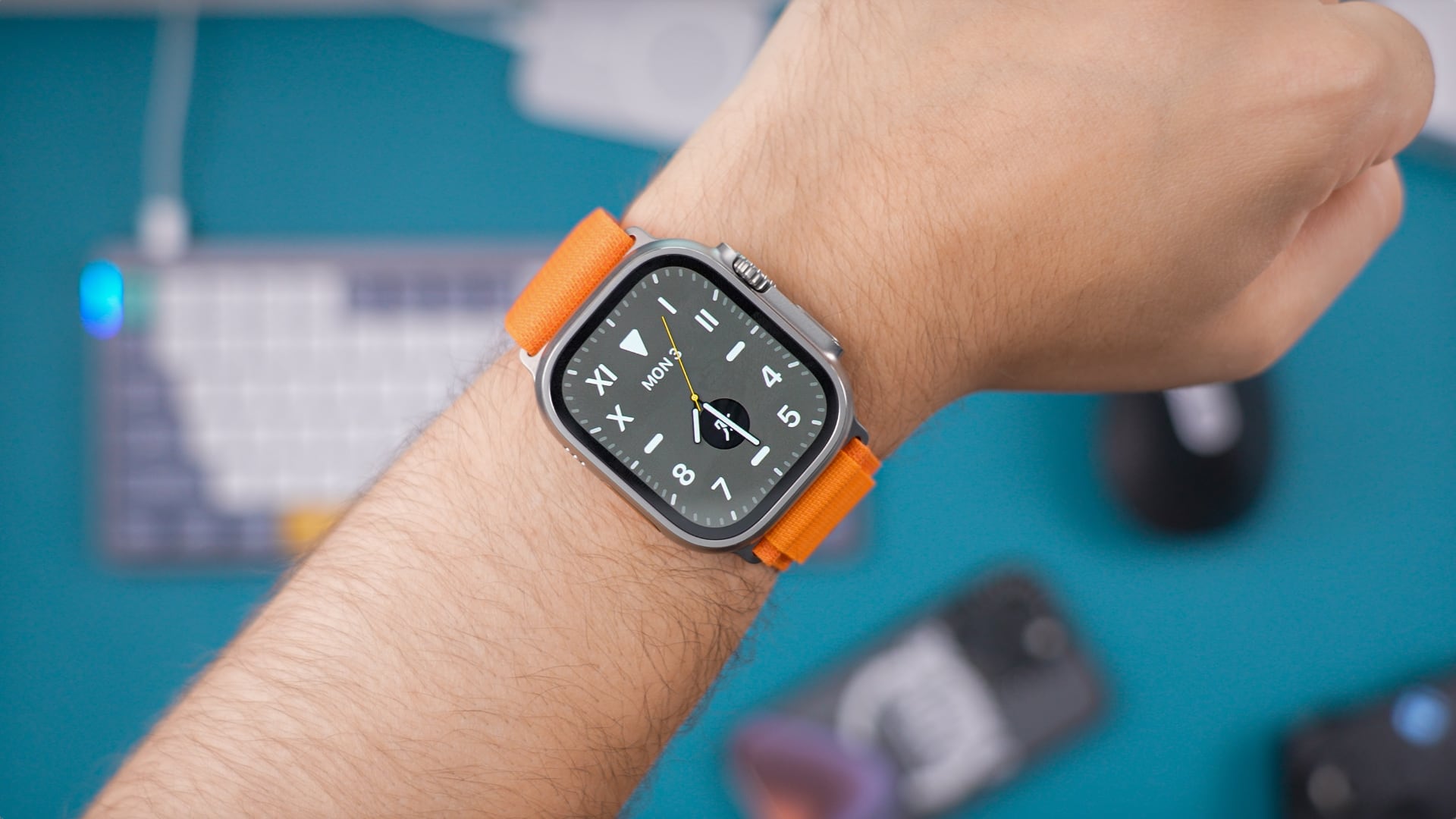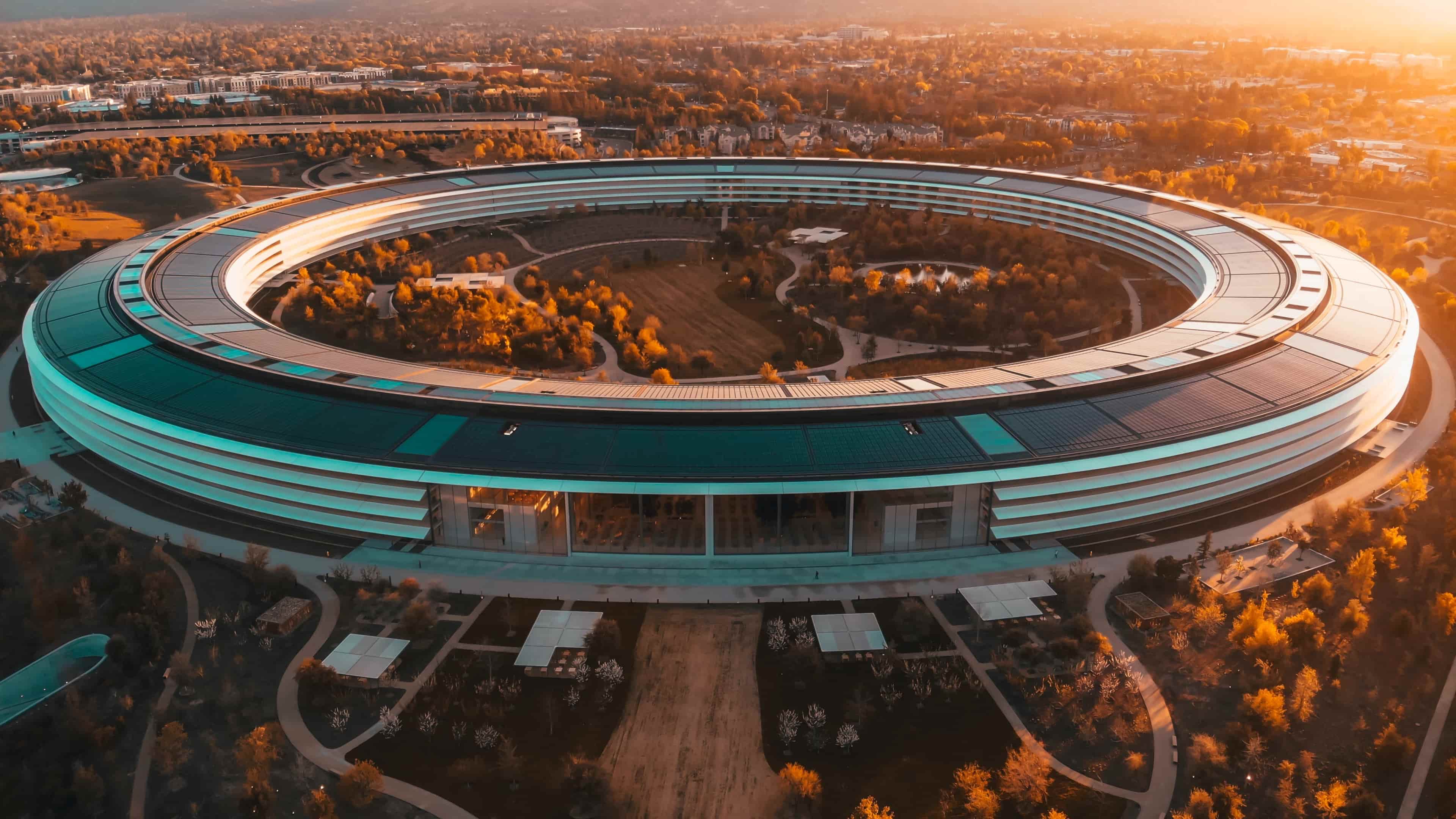Apple may have stopped developing the promising micro-LED display technology that was supposed to debut on the next Apple Watch Ultra.

The first word that an Apple Watch Ultra with micro-LED might be dead came from an Austrian firm called ams Osram, which announced in a press release that a “cornerstone project” was “unexpectedly canceled.”
“The shock is still deep,” CEO Aldo Kamper told investors on a conference call. “We thought everything was on track,” he added. Osram’s priority right now is selling a $1.41 billion factory it built in Malaysia in anticipation of Apple orders.
Apple stops micro-LED Apple Watch Ultra development
The company wouldn’t name the client with which it was working on the micro-LED project, but Counterpoint Research’s Display Supply Chain Consultants confirmed to MacRumors that it was related to a micro-LED Apple Watch.
Revered analyst Ming-chi Kuo chimed in, writing in an X post (formerly Twitter) that Apple didn’t see a path forward as the project wasn’t “economically viable.”

New tech isn’t cheap
In other words, micro-LED technology is currently prohibitively expensive, and much costlier than the OLED panels all Apple Watch models have used to date. Earlier, The Elec estimated that an Apple Watch micro-LED display would cost $150 to make versus the estimated $38 for an Apple Watch OLED screen.
The Cupertino company had been working to commercialize micro-LED technology for many years. The effort was kickstarted in 2014, when Apple acquired the micro-LED developer LuxVue Technology and set up a research and development center in Taiwan to develop and commercialize the technology.
What are micro-LED displays? How do they work?
Micro-LED was supposed to be the next generation of display technology. Not to be confused with mini-LED, a backlight technology that illuminates the LCD pixels, micro-LED uses arrays of microscopic LED devices to create color pixels.
The tiny chips must be transferred from the silicon wafer to tight locations on the backplane, which has proved much trickier than anyone ever expected.
Compared to OLED, micro-LED promises such benefits as significant power savings, higher color gamut, increased brightness in outdoor conditions, faster response times and extended durability, to name but a few.
Another major setback for the Cupertino innovator
As you can imagine, this is a significant setback for Apple given the many years it’s spent researching the technology and trying to make it financially viable.

This follows the shocking revelation that Apple was winding down its rumored car project after burning $10 billion over a nearly decade-long development effort.
Apple hasn’t laid off employees like other Silicon Valley companies. Still, Tim Cook & Co. sure seem hell-bent on re-evaluating ongoing projects and axing those that don’t promise a return on investment anytime soon.